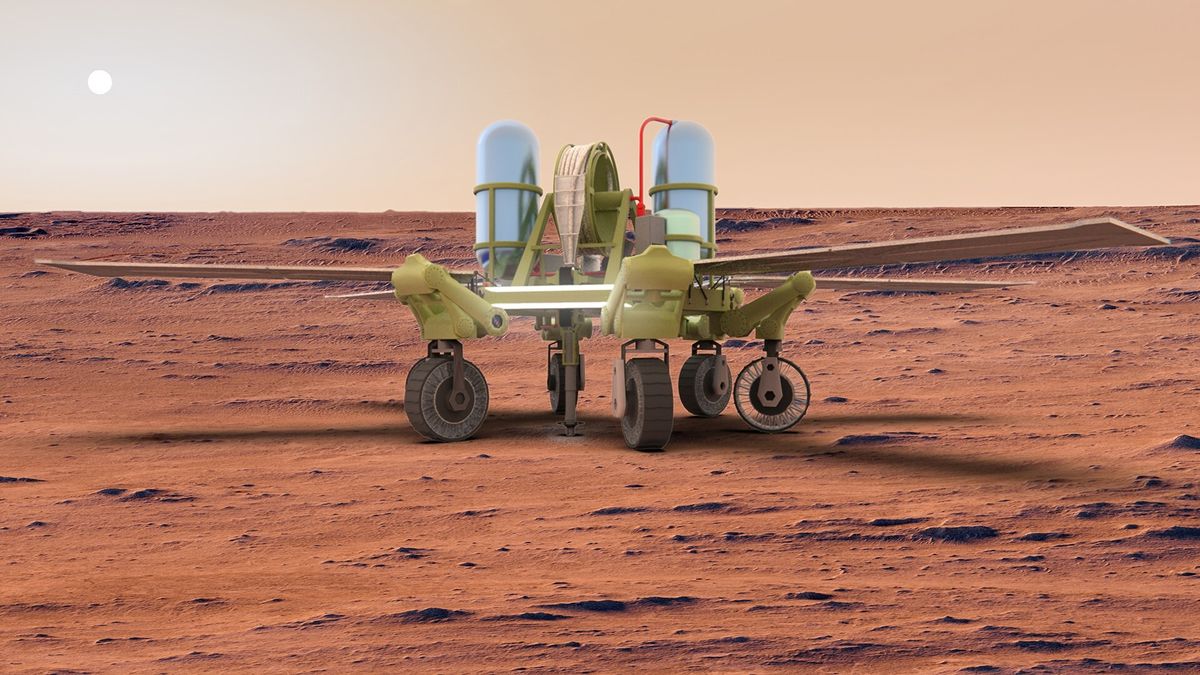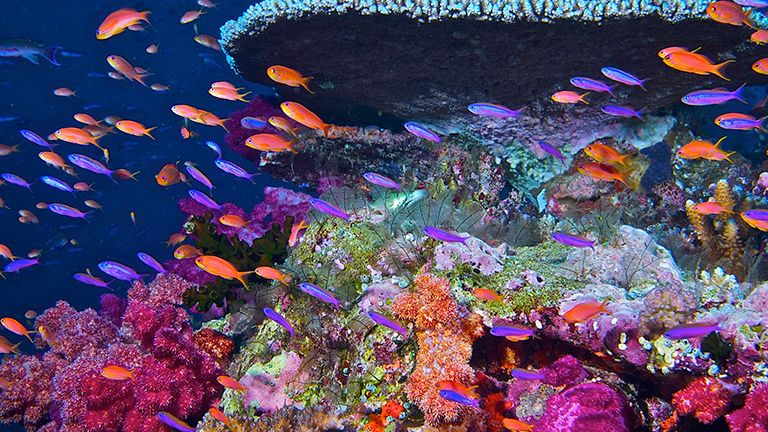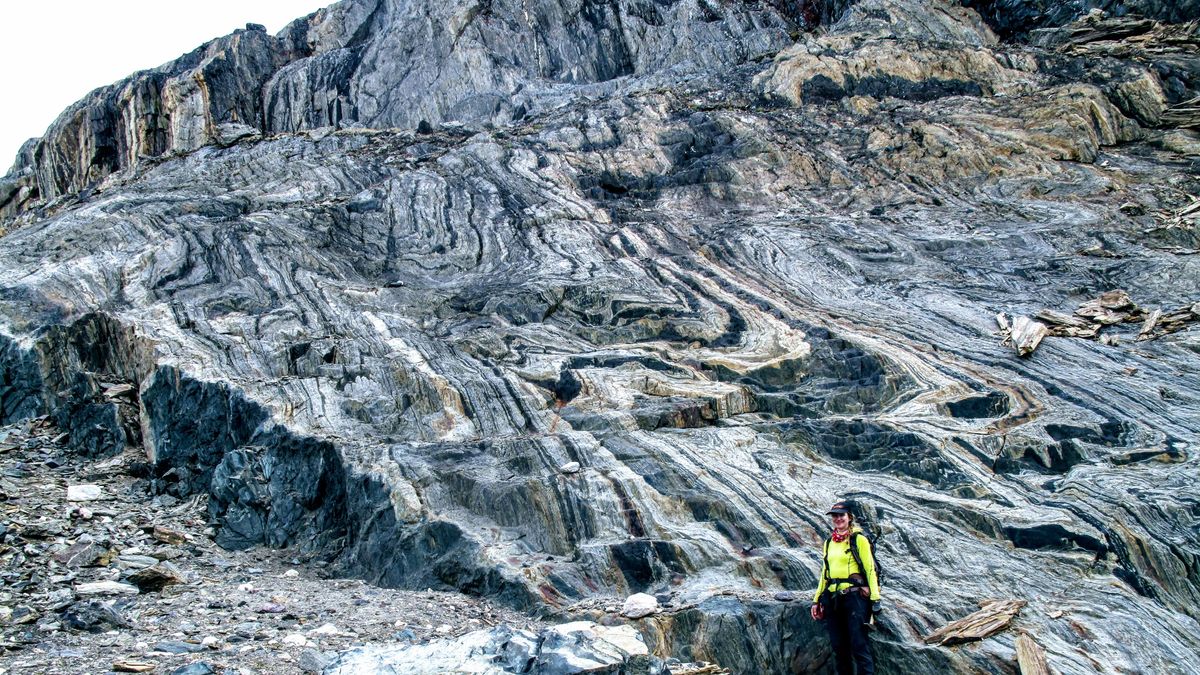Advancements in Ice Drilling on Mars
Exploring the subsurface of Mars for resources like drinkable water and rocket fuel is gaining momentum, with companies like Honeybee Robotics at the forefront of innovative drilling technologies. The RedWater concept proposed by Honeybee Robotics is designed to bore deep into Martian terrain to access icy reservoirs, presenting a unique set of challenges.
Dual-Purpose Approach
The ice drilling hardware developed by Honeybee Robotics for Mars incorporates coiled tubing and the RodWell method. Kris Zacny, the vice president of the exploration technology group at Honeybee Robotics, emphasized the versatility of the RedWater system, highlighting its capabilities for both scientific exploration and water mining.
Icy Discoveries on Mars
Data collected by Mars orbiters has indicated the presence of ice near the surface across a significant portion of the planet’s landscape, including deep ice sheets. Recent findings from the European Space Agency’s Mars Express mission suggested the existence of layers of water ice several miles below the Martian surface, reinforcing the feasibility of extracting subsurface ice for various applications.
End-to-End Testing
Honeybee Robotics has conducted thorough end-to-end testing of the RedWater system in simulated Martian conditions to ensure its functionality and reliability. By leveraging proven terrestrial technologies like coiled tubing and the RodWell concept, the company aims to establish a robust foundation for future Mars missions.
Mapping Ice Deposits
The Subsurface Water Ice Mapping (SWIM) project led by Nathaniel Putzig aims to identify and characterize mid-latitude ice deposits on Mars. As efforts continue to develop the International Mars Ice Mapper (I-MIM) mission concept, the prospect of deploying a radar-equipped orbiter to scout for water ice remains a priority for international space agencies.
Challenges of Ice Drilling
Drilling into ice layers on Mars poses significant technical challenges, requiring advanced thermal and electrical systems to navigate extreme temperatures. Isaac Smith, a senior scientist at the Planetary Science Institute, highlighted the complexities of drilling in frozen Martian terrain, underscoring the need for innovative solutions to extract valuable information and resources.
As exploration efforts on Mars intensify, the quest for unlocking the planet’s subsurface secrets continues to drive technological innovation in the field of planetary science.
Image/Photo credit: source url





